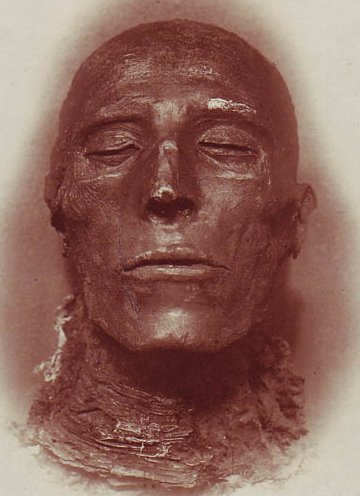
“Golden Pomegranates” was the third installment of Sax Rohmer’s The Si-Fan Mysteries. The story was first published in Collier’s on June 24, 1916 and was later expanded to comprise Chapters 10 - 14 of the third Fu-Manchu novel, The Si-Fan Mysteries first published in 1917 by Cassell in the UK and by McBride & Nast in the US under the variant title, The Hand of Fu Manchu. The US book title marks the first time that the hyphen was dropped from the character’s name, although it was retained within the text.
“Golden Pomegranates” opens with two colorful characters, Meyerstein and Lewison appraising the Si-Fan’s sealed treasure chest in Nayland Smith and Dr. Petrie’s apartment at the New Louvre Hotel. They identify the chest as a rare Tulun-Nur design dating from the sixteenth century or earlier and explain that such chests are secured using a complicated system of knobs being pressed or turned rather than relying upon a traditional lock and key. Smith refuses to allow them to attempt opening the chest and turns down Mr. Meyerstein’s offer to purchase the chest and pay Smith a percentage on its unknown contents. After the appraisers depart, Smith confides in Petrie that he has recently received a premonition not to open the chest.
Rohmer is drawing from a real-life Tulun-Nur treasure chest discovered by the Younghusband expedition several years before. Modern readers may be offended by the Semitic stereotyping of the appraisers. Such portrayals were common in fiction of the day. Personally, I have always enjoyed both characters tremendously and wish they had been developed further. The Tulun-Nur treasure chest would also influence Robert E. Howard’s similar deadly chest in The Hour of the Dragon. For his part, Rohmer follows the model of his favorite of Sir Arthur Conan Doyle’s Sherlock Holmes stories, “The Adventure of the Speckled Band” in having Petrie concealed in the otherwise empty apartment with the treasure chest in an attempt to bait a trap for the Si-Fan’s spies in the hotel.
TO CONTINUE READING THIS ARTICLE, PLEASE VISIT HERE.





.jpg)